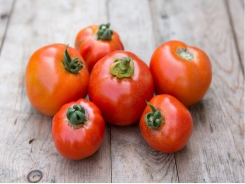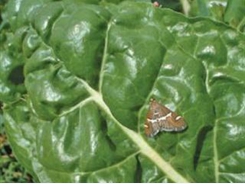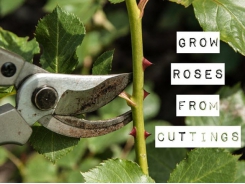Why prune tomatoes?

There are instances where tomatoes have to be pruned and cases where pruning is entirely optional. We therefore need to know why we prune and when or if it’s necessary.
Greenhouse tomatoes have to be pruned, or management will be a nightmare. Usually, the plants are led up twine suspended from some sort of structure. In tunnels, this can be a wire attached to hoops, but the arrangement may vary.
Whatever the case, the plants can be pruned to either one or two stems. Two stems require a slightly wider spacing in the row. Usually one stem is used, which makes management easier.
If you opt for two stems, select these at the fork. About 30cm-40cm from the ground, this is easily identified, as at this point both stems are about the same thickness, whereas the other side-shoots are much thinner. Beginners often ask if you sacrifice yield by pruning as you limit the amount of flower structures produced by the plant. The answer is that we do not lose yield, as an unpruned plant makes a large number of trusses which aren’t filled to capacity. Some probably won’t even produce a single fruit. The plant knows how much fruit the foliage and sunlight intensity can support and the rest are aborted.
More flowers
A pruned plant will make trusses with more flowers per truss to compensate to some extent for having fewer trusses. These will usually be filled to capacity. If this isn’t the case, it will be because the plant considers that conditions aren’t conducive for filling each truss with fruit. You’ll often find a ‘compromise’, where the last few fruit on the trusses are smaller than the others.
Those unfamiliar with pruning will also usually ask if the exposed fruit will not suffer sunburn damage, a phenomenon they may have come across in production of unpruned plants in the land. In these latter cases, after picking, leaves are moved, thereby exposing fruit to the sun and sunburn. Because they were shaded, the fruit can’t adapt quickly enough to the sudden intense sun exposure. With pruning, by contrast, the fruit are exposed to the sun from the outset and adapt to it. And in winter pruned plants ripen earlier due to exposure to the sun.
Larger
With any variety, pruning will cause the fruit to become slightly larger. This may be good or bad, depending on your target market, and you’ll need to know what size the fruit are potentially going to be under this system. But the bigger trusses and larger fruit make up the yield, so you don’t lose by pruning. If you prune in the open lands, you need to either have a wire on top of the poles from which to suspend the twine, or direct the vines through the two wires used in the conventional system. In this case they may not be fully upright afterwards, but this doesn’t matter.
What it will do is give you better grading and more effective spraying as all parts of the plant are easily accessible. And there’s less foliage to coat with crop protection chemicals. In addition, better air movement through the plants lessens the chance of disease. On the other hand, with their dense foliage, unpruned plants trap moisture and create a microclimate conducive to disease development.
Harvesting
The fruit of pruned plants is also easier to find. This makes harvesting quicker and easier, as you don’t have to scratch through the vegetation looking for fruit, often causing damage as you do so. When staking determinate varieties, partial pruning is an option. The lower leaves touch the ground, making them more difficult to spray and more vulnerable to disease. Thus, the lower part of determinate varieties can be pruned, leaving the remainder of the plant untouched. Apart from the disease aspect, this enables earlier harvesting of the lower fruit, which can have advantages for the first planting of the season.
Related news
Tools

Phối trộn thức ăn chăn nuôi

Pha dung dịch thủy canh

Định mức cho tôm ăn

Phối trộn phân bón NPK

Xác định tỷ lệ tôm sống

Chuyển đổi đơn vị phân bón

Xác định công suất sục khí

Chuyển đổi đơn vị tôm

Tính diện tích nhà kính

Tính thể tích ao




 Plant Pests and Diseases – Biological Control
Plant Pests and Diseases – Biological Control  Growing Roses from Cuttings
Growing Roses from Cuttings